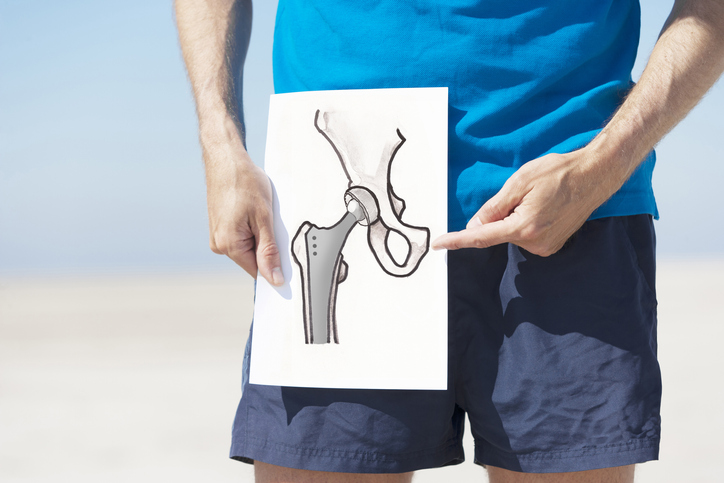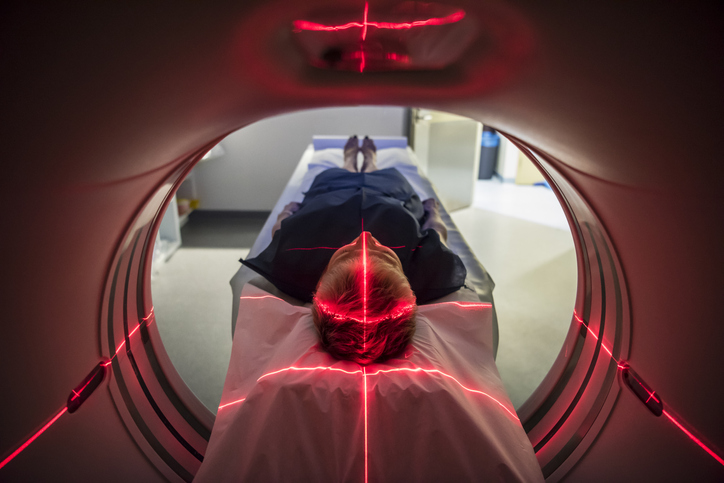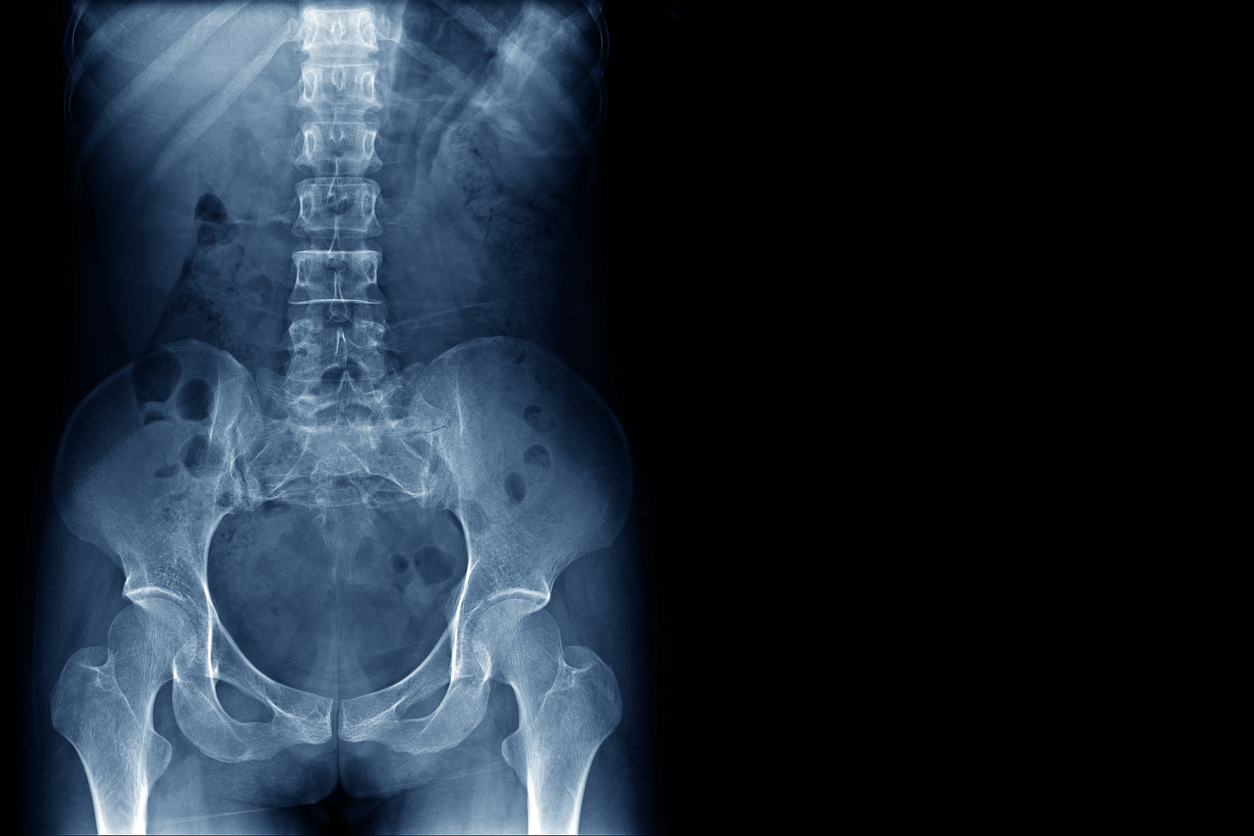Treatments
What Is Shoulder Replacement?

Shoulder replacement, or shoulder arthroplasty, is a surgical procedure that involves removal of damaged areas of bone and replacing it with artificial parts constructed of metal or plastic. Replacing a damaged shoulder with an artificial joint (prosthesis) typically reduces pain while also improving functionality. The procedure usually takes approximately two hours to complete.
Reasons for shoulder replacement
Shoulder replacement is often performed when other treatment options fail to provide pain relief and movement. It may be needed when shoulders are damaged from the following:
- Osteoarthritis
- Rheumatoid arthritis
- Avascular necrosis
- Rotator cuff injury
- Fracture
Types of prosthetics
Types of prosthetics commonly used for total shoulder replacements include the following:
- Metal-on-plastic is the most common type of implant. It consists of a metal humeral head (ball joint) made of stainless steel that is attached to a titanium stem. The glenoid cavity (joint socket) consists of a smooth polyethylene plastic cup.
- Metal-on-metal consists of a ball joint and a joint socket made of metal. This type of prosthetic is less commonly used because metal can leak into the bloodstream, resulting in inflammation, pain, and organ damage.
Types of shoulder replacement
The shoulder joint contains a ball at the top of the upper arm that fits into a socket in the shoulder. Damage will determine what type of shoulder replacement is needed. Types of shoulder replacement including the following:
- Anatomic total replacement surgery replaces both the ball and socket. The ball is attached to the upper arm by a stem.
- Stemless total replacement is used to preserve bones. The ball is attached to the upper arm without a stem.
- Reverse total replacement surgery replaces the ball and the socket; however, the implants are reversed. The ball is attached to the shoulder blade, and the socket is attached to the upper arm bone. This is usually performed if there is severe rotator cuff damage.
- Partial replacement only replaces the ball. This may be recommended due to severe damage to the ball.
- Resurfacing partial shoulder replacement involves a cap-like prosthesis, without a stem, that replaces the surface of the joint.
The procedure
The surgical procedure generally lasts about two hours and involves the following:
- Following anesthesia and nerve block, an incision is made over the top of the shoulder and over the deltoid muscle.
- The surgeon removes the ball, and, if necessary, the joint is prepared by removing damaged bone and cartilage.
- After preparing the surface, the artificial joint(s) is attached.
- The surgeon bends and rotates the shoulder to ensure proper movement.
- The incision is closed.
















